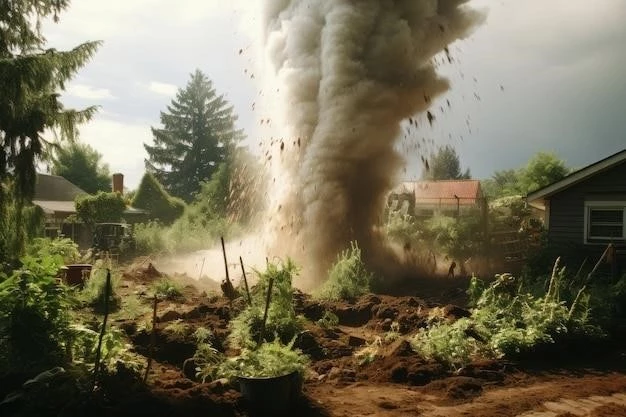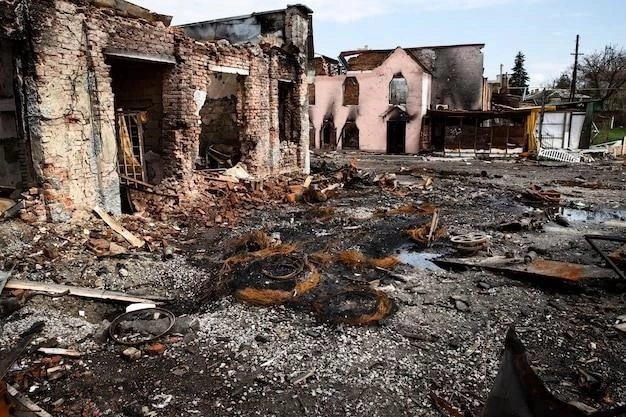Natural Disaster Hotspots: Where They Occur and Why
As someone who has always been fascinated by the raw power of nature, I’ve sadly witnessed the devastating impacts of natural disasters firsthand. From the earthquake that shook my city to the recent wildfires that ravaged nearby forests, the experience has driven me to understand these events better; This journey into the heart of natural disaster hotspots has been eye-opening, to say the least.

Unveiling the “Ring of Fire”: A Tectonic Minefield
My exploration began with the infamous “Ring of Fire,” a 25,000-mile horseshoe-shaped zone notorious for its volcanic and seismic activity. This volatile region, encircling the Pacific Ocean, is where I truly grasped the immense power of tectonic plates.
I vividly recall standing on the slopes of Mount Fuji in Japan, a dormant volcano that serves as a stark reminder of the Ring of Fire’s potential for destruction. The sheer scale of the volcano, coupled with the knowledge that it sits upon a convergence of multiple tectonic plates, was both humbling and terrifying.
The Ring of Fire is a stark reminder that we live on a dynamic planet, where the constant shifting of tectonic plates can unleash earthquakes, tsunamis, and volcanic eruptions, often with little warning.
Delving into Hurricane Alley: The Fury of the Atlantic
My journey then took me to the southeastern United States, a region synonymous with the term “Hurricane Alley.” Having experienced the destructive force of a hurricane firsthand, I was struck by the sheer unpredictability of these storms.
I spent time with meteorologists who explained how warm ocean waters, combined with specific atmospheric conditions, fuel these monstrous storms. The experience drove home the point that while we can track hurricanes with increasing accuracy, their intensification and path can still take unexpected turns, leaving coastal communities vulnerable to their wrath.

Beyond the Familiar: Exploring Other Disaster-Prone Zones
My quest to understand natural disasters didn’t stop there; I delved into the complexities of other hotspots, each with its unique set of risks:
- The Indian Ocean’s Tsunami Threat: The 2004 Indian Ocean tsunami, triggered by a massive earthquake, highlighted the devastating power of these events. The experience underscored the importance of early warning systems and disaster preparedness in vulnerable coastal regions.
- California’s Wildfire Crisis: Witnessing the aftermath of a California wildfire was a stark reminder of the increasing threat posed by these events. Climate change, coupled with human activity, has created a tinderbox-like environment in many parts of the world, making wildfires more frequent and intense.
- The Sahel Region’s Battle with Drought: The Sahel region of Africa, stretching across the continent just south of the Sahara Desert, faces a constant battle against drought. Seeing the impact on communities struggling with food security and water scarcity highlighted the interconnectedness of climate change, poverty, and natural disasters.
Reflections on a Journey Through Disaster
My journey through these natural disaster hotspots has been a powerful reminder of nature’s raw power and the importance of understanding our planet’s complex systems. It’s clear that natural disasters are not isolated events but rather symptoms of broader environmental and societal issues.
As we move forward, it’s crucial that we prioritize:
- Climate Change Mitigation: Reducing greenhouse gas emissions is paramount to mitigating the severity and frequency of extreme weather events.
- Disaster Preparedness: Investing in early warning systems, infrastructure improvements, and community education can save lives and reduce the impact of disasters.
- Sustainable Land Management: Practices such as reforestation, responsible agriculture, and urban planning can help mitigate the risks of wildfires, floods, and other hazards.
Ultimately, understanding natural disaster hotspots is not just about knowing where these events are likely to occur; it’s about recognizing our role in shaping a safer and more sustainable future for all.










